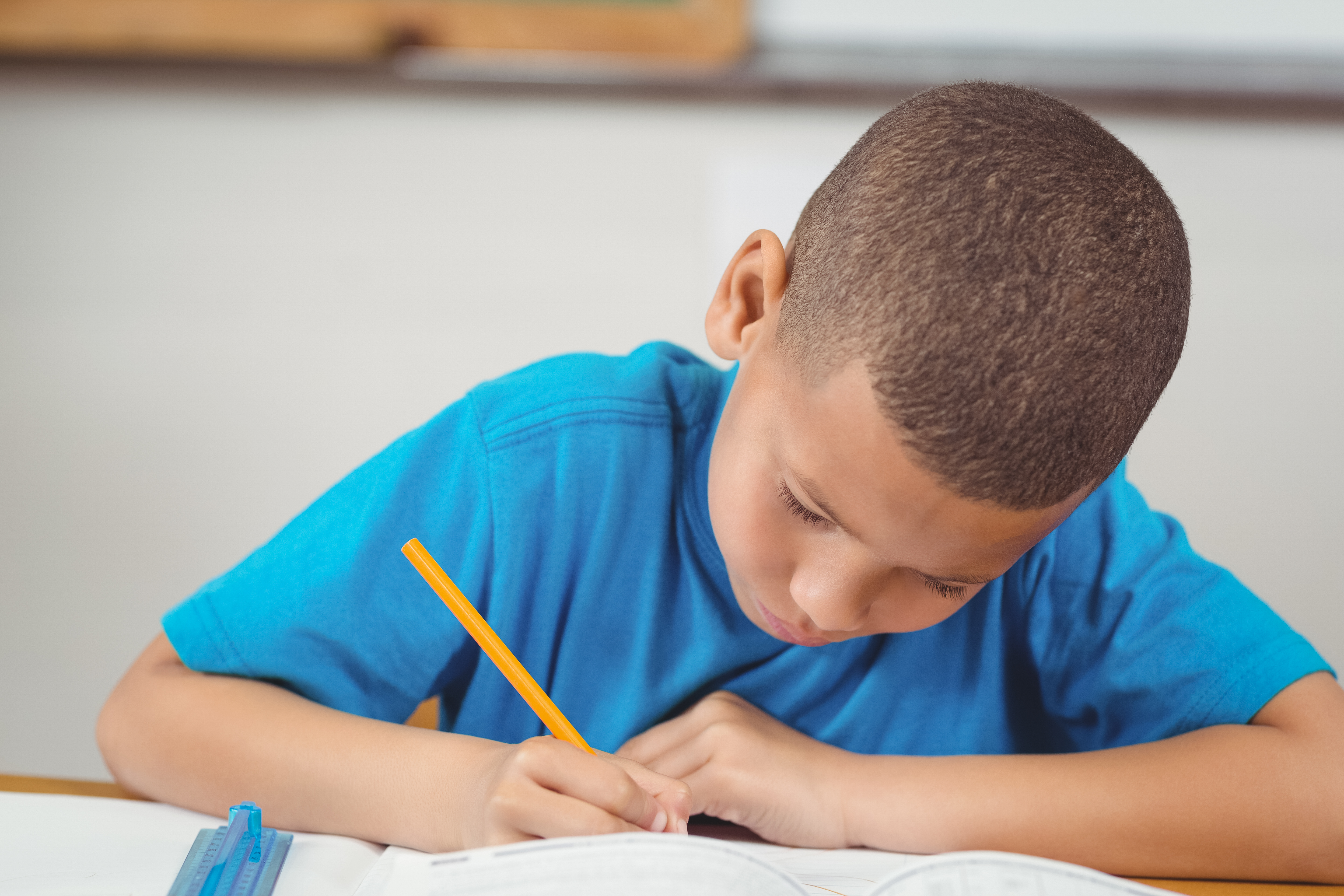Orton-Gillingham to the Rescue!
Learning to read and spell in English would be so simple if all similar-sounds were spelled the same. They aren’t. English has so many difficult spelling rules! Take for example the letter ‘a’ as in the word ‘cake.’ The long ‘a’ sound is written differently in different words, as in baby, ape, sail, play, steak, vein, eight and they.
For most of us, learning to read means memorizing the letters and letter combinations and then using them in new contexts. Many of us also just read naturally, understanding that these letter combinations create words and sounds. Linguists call these sounds ‘phonemes.’ Our brains just register the words and are equipped to read three or four words ahead of time. We are also mentally able to pull words apart, separate them into syllables and apply all of those unfair spelling rules easily and logically.
What happens when a child does NOT read or spell naturally?
For some children, this process of reading does NOT come naturally. Children with dyslexia, for example, do not use the process of sounding out the phonemes while reading and applying spelling rules while writing. Children with dyslexia do not comprehend the roles that sounds play in words. They have difficulties rhyming words as well as blending sounds together to form words. These children do not understand or acquire the alphabetic system expected of them in the early years. Dyslexics, in general, memorize words in entirety and make mental pictures of each word they learn. The problem with this strategy is that when they get to a word that they are unfamiliar with, they have no coping mechanisms to attack that particular word.
What is Multisensory Learning?
A child with a learning difference must be taught how to read and spell in a different way. One such way is using a multisensory method. This means that the child learns a skill utilizing all pathways – hearing (auditory), seeing (visual), touching (tactile) and moving (kinesthetic).
When learning the vowel combination ‘oa,’ for example, the student might first look at the letter combination on a picture of a GOAT, then close his/her eyes and listen to the sound, then trace the letters in the air while speaking out loud. This combination of listening, looking, and moving around creates a lasting impression for the child as things will connect to each other and become memorable. Using a multisensory approach to reading and spelling will benefit ALL learners, not just those with learning differences.
The Orton-Gillingham, Multisensory Approach
The most important component in helping a child with a learning difference learn to read and write is utilizing an Orton-Gillingham approach. In Orton-Gillingham, the phonemes are introduced in a systematic, sequential and cumulative process. The Orton-Gillingham instructor begins with the most basic elements of the English language. Using repetition and the sequential building blocks of our language, phonemes are taught one at a time and step by step in a very logical order. By presenting one rule at a time and practicing it until the child can apply it with automaticity and fluency, there will be no reading and spelling gaps. Orton-Gillingham builds a solid and strong reading foundation. As the children progress to short vowels, they begin reading and writing sounds in isolation. From there they progress to digraphs, blends and diphthongs.
Children are taught how to listen to words or syllables and break them into individual phonemes. They also take individual sounds and blend them into a word, change the sounds in the words, delete sounds, and compare sounds. For example, “…in the word steak, what is the first sound you hear? What is the vowel combination you hear? What is the last sound you hear?” Children are also taught to recognize and manipulate these sounds. “…what sound does the ‘ea’ make in the word steak? Say steak. Say steak again but instead of the ‘st’ say ‘br.’- BREAK!”
Every lesson in Orton-Gillingham is structured and taught in an orderly fashion. The child is taught a skill and doesn’t progress to the next skill until the current lesson is mastered. As the children learn new material, they continue to review old material until it is stored into the child’s long-term memory. While learning these skills, children focus on phonemic awareness. There are 181 phonemes or rules in Orton-Gillingham to learn. Orton-Gillingham does not just work with younger children. For older students, it advances into the rules of English language, syllable patterns, and how to use roots, prefixes, and suffixes to study words. By teaching children how to combine the individual letters or sounds and put them together to form words and how to break longer words into smaller pieces, both synthetic and analytic phonics are taught throughout the entire Orton-Gillingham program.
In Summary
Orton-Gillingham is a very structured, multisensory, repetitive, step by step program that teaches every sound and spelling rule in the English language. Although the program works with all children, it is especially beneficial for those children with learning differences.
If you are looking for an easy to use, heavily scripted out and affordable Orton-Gillingham program to implement into your speech and reading lessons, try using The PRIDE Reading Program. Your students and parents will thank you:)
Thank you so much for reading my post today!
Author:
Karina Richland, M.A., is the author of the PRIDE Reading Program, a multisensory Orton-Gillingham reading, writing and spelling curriculum that is available worldwide for teachers, speech-language pathologists, tutors and homeschooling parents. Karina has an extensive background in working with students of all ages and various learning modalities. She has spent many years researching learning differences and differentiated teaching practices. You can reach her by email at info@pridereadingprogram.com or visit the website at www.pridereadingprogram.com.












